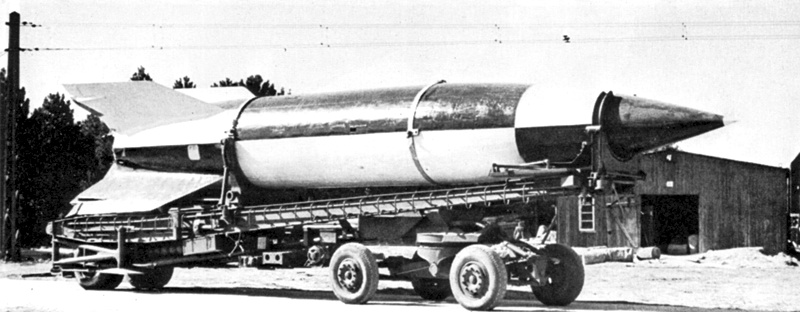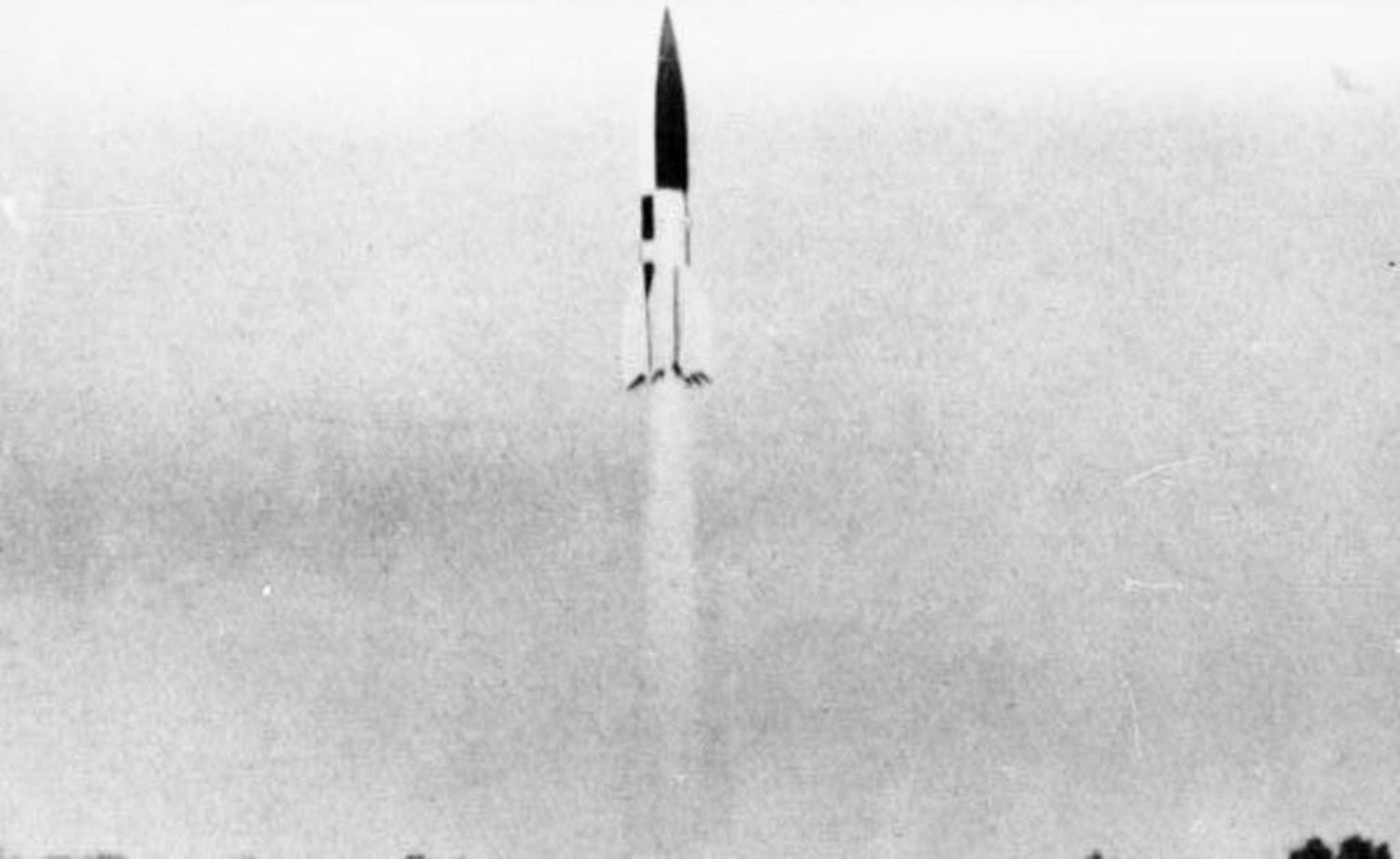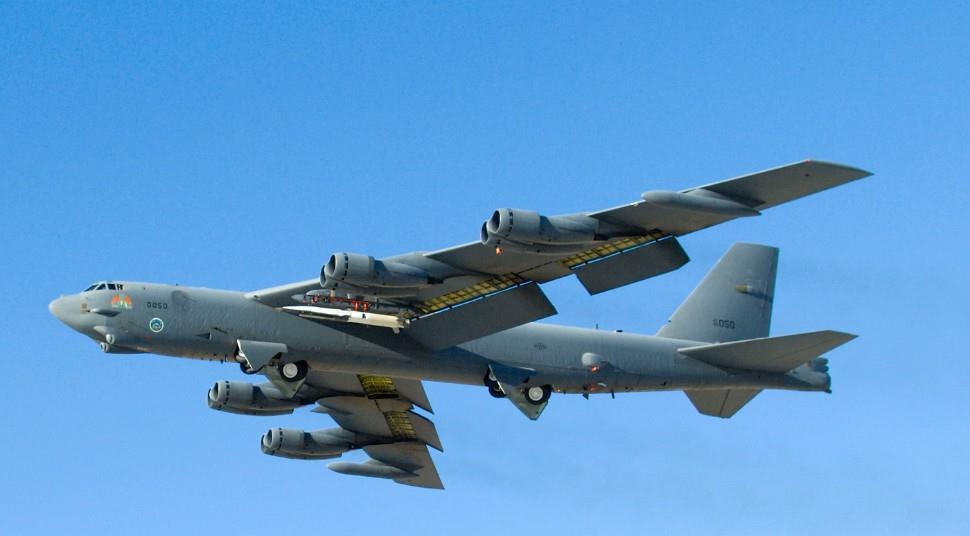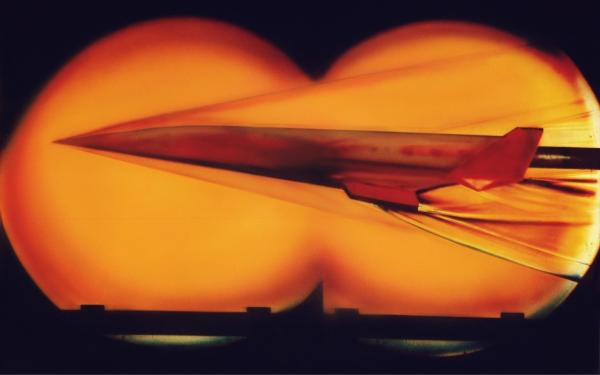IAD is correct in surmization. The USA has never been behind any other nation in the field of hypersonics, not at any time, and is not behind today. There was indeed a period during the 1960s when the Soviet Union and the USA were approximately at the same lead line of the technological testing envelope (through about 1967 or thereabouts), but the USA accelerated ahead--because we Americans can throw more money more quickly at things. And we had the extant infrastructure to do this, and this infrastructure was continued to be built upon/improved. While some of the infrastructure died/got pruned post-Kaiser Marquardt's demise, enough money has been pumped through black programs post 2000 (and some of this can be read in OSINT--Lockheed has their own publicly declared hypersonic wind tunnel, which went operational a few years ago now, and there is a webpage for it). There were even NASA-linked and X-plane linked hypersonic tests of vehicles in level flight using their own propulsion to achieve Mach 5 plus speeds (and some way greater than that--public record of Mach 9.6 sticks in my mind).
If you want to talk about absolute Mach speeds in semi-level flight, Mach 20 comes to mind during the test of HTV 2 which operated for three minutes in a stable configuration. And this was achieved over eight years ago already.
And I guarantee you that the absence of public evidence is not evidence of an absence of projects/programs being worked on.
Now Mike Griffin has consistently beat the drum for more moolah across the entire military development spectrum, and this op-ed recently published is no exception:
https://www.defensenews.com/outlook...+DFN&utm_medium=social&utm_source=twitter.com.
But his claim that we are behind in hypersonics development--while completely ignoring corporate memory (and there is a humoungous cornucopia of corporate memory out of legacy aerospace companies that has now been absorbed by the likes of Lockheed-Martin, Northrop-Grumman, and Boeing, etc.), is disengenuous at best, and makes him a duplicitous "fake news" promulgator at worst. Russia and China have not yet matched even the X-43 achievements at this stage. And that too is getting to almost a decade into the past in age.
The problem is that a lot of America's still-hidden hypersonic achievements only come out in oral histories for the most part, and excellent sleuthing by amateur historians rummaging in the public source documents that most have forgotten about.
But our "near peer" rivals are throwing money at this topic, no doubt.







